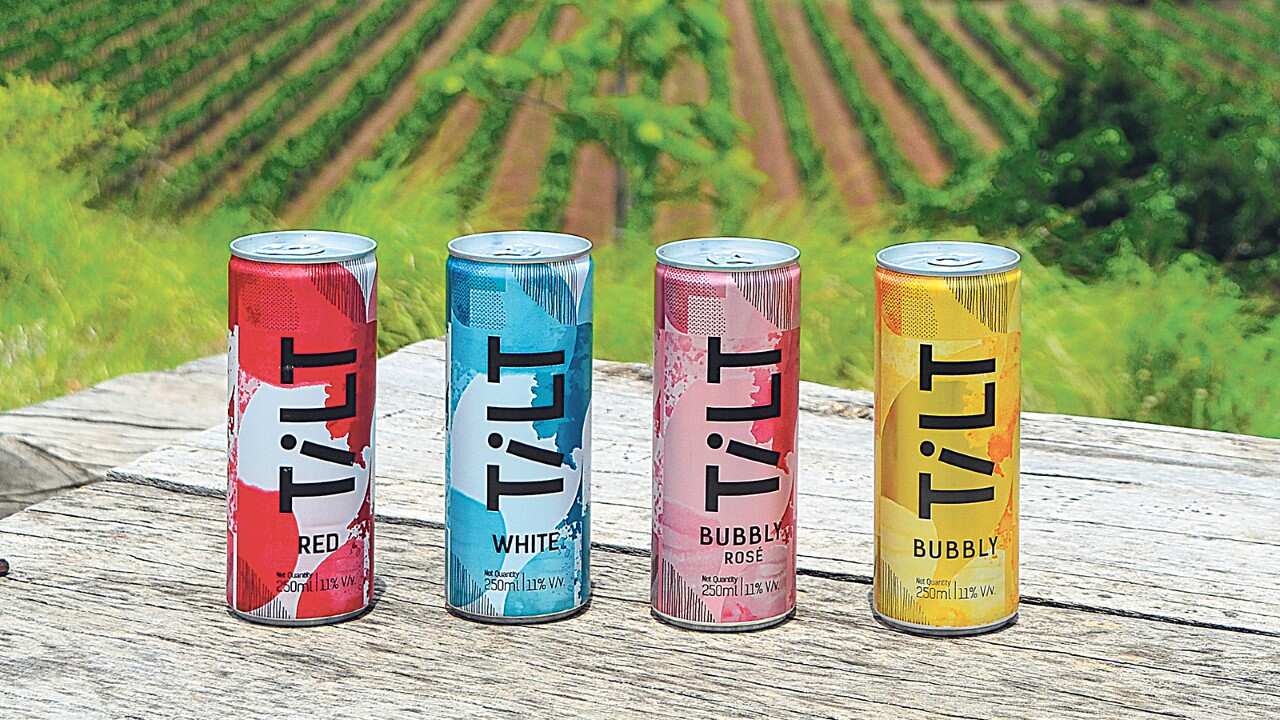The wine industry has witnessed countless innovations throughout history, but few have sparked as much debate as canned wine. Once dismissed as a novelty for college students and casual drinkers, canned wine has evolved into a legitimate market force that’s reshaping how we think about wine consumption. With the global canned wine market expected to reach $211.5 million by 2030, registering an impressive 11.1% CAGR from 2025 to 2030, this packaging revolution is proving to be far more than a passing trend. The question isn’t whether canned wine will survive – it’s whether traditional wine packaging can adapt to meet the demands of modern consumers who prioritize convenience, sustainability, and accessibility over conventional wine rituals.
The Numbers Don’t Lie: Market Growth Tells the Story
The canned wine market is experiencing unprecedented growth across multiple segments. The sparkling wine segment alone held over $598.9 million in 2024 and is anticipated to expand at a 12.6% CAGR through 2034. Low-alcohol options reached $566.3 million in 2024 with a 12.5% CAGR, driven by health-conscious consumers seeking balanced lifestyle choices.
In the United States, the market dominated with $447.6 million in 2024 and is expected to grow at a 13.4% CAGR, primarily fueled by millennials and Gen Z consumers who appreciate the portability and eco-friendly packaging. These demographics find canned wine perfect for outdoor gatherings, festivals, and casual social events where traditional glass bottles prove impractical.
Convenience Meets Modern Lifestyle Demands
Canned wine’s greatest strength lies in its unmatched convenience and portability. The lightweight, compact, and robust aluminum packaging makes it ideal for outdoor activities where glass bottles are prohibited or impractical. Without the need for corkscrews, wine keys, or delicate glassware, consumers can enjoy wine anywhere, anytime.
The single-serve format, typically available in 187ml, 200ml, or 250ml portions, offers excellent portion control and reduces waste from partially consumed bottles. This convenience factor has made canned wine particularly popular at concerts, sports events, and parks where traditional wine service isn’t feasible.
Environmental Sustainability: A Compelling Advantage

Sustainability concerns are driving significant consumer preference shifts toward canned wine. Aluminum cans are infinitely recyclable and maintain higher recycling rates than glass bottles. The production and transport of glass wine bottles generate more than two-thirds of the wine industry’s total carbon output, with a single bottle producing 1.25kg of carbon dioxide.
Alternative packaging, including aluminum cans, can be up to 51% more carbon efficient than glass. The lighter weight of cans reduces transportation costs and energy consumption during distribution, resulting in a smaller environmental footprint.
Quality Concerns and Market Resistance
Despite market growth, canned wine faces significant perception challenges. Traditional glass bottles remain the most preferred format among consumers, with canned wine ranking as the least preferred packaging option. Many consumers associate canned wine with lower quality, viewing it as a cheaper alternative to traditional bottled wine.
Quality concerns aren’t entirely unfounded. Some low-quality canned wines contain excessive sugars and chemicals, with certain products made from concentrate or containing artificial flavorings. Additionally, canned wines don’t age like traditional bottles, limiting the selection to fresh, youthful wines and excluding oak-aged varieties.
The Verdict: Game-Changer with Limitations
Canned wine represents a genuine game-changer for specific market segments and consumption occasions, rather than a mere gimmick. Its success lies in addressing real consumer needs: convenience, sustainability, and accessibility. However, it’s not positioned to replace traditional wine packaging entirely.
The format excels for casual consumption, outdoor activities, and environmentally conscious consumers, while traditional bottles maintain their dominance for premium wines, aging potential, and formal occasions. As the market continues evolving with premiumization trends and quality improvements, canned wine is establishing itself as a permanent fixture in the wine industry’s diverse packaging.


